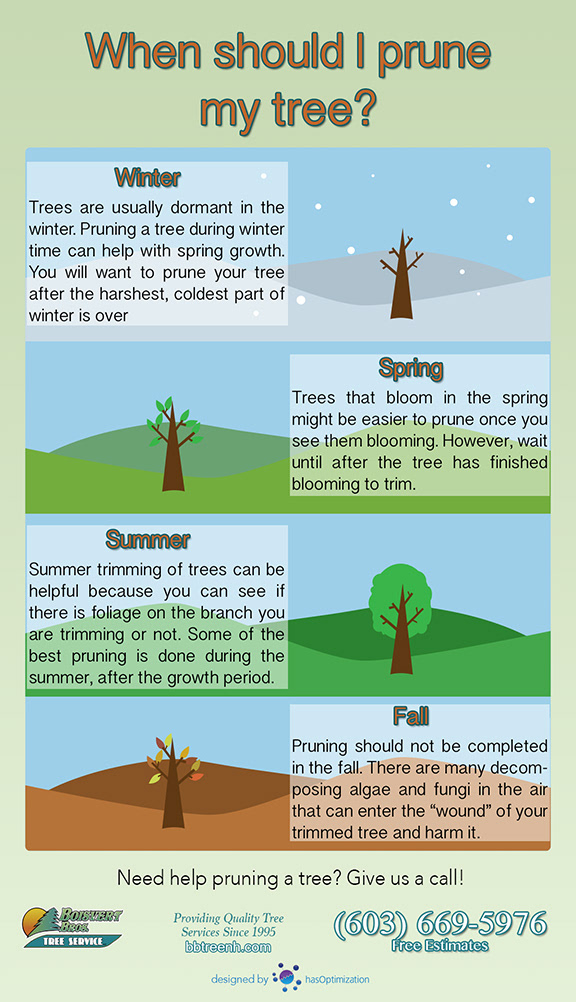Be On The Lookout For Vital Signs That Suggest Your Tree Could Pose A Risk; Recognizing These Can Safeguard Your Home And Family.What Should You Check Next?
Be On The Lookout For Vital Signs That Suggest Your Tree Could Pose A Risk; Recognizing These Can Safeguard Your Home And Family.What Should You Check Next?
Blog Article
Produced By-Velling Goodman
When it comes to tree care, acknowledging the indicators that it's time for removal is necessary for your safety and building. You may discover tarnished fallen leaves, wilting branches, or strange fungal developments showing health problems. When To Prune An Apple Tree , like a substantial lean or cracks in the trunk, can also present risks. Comprehending these warning signs can help you make notified decisions regarding your trees and prevent potential hazards hiding in your yard. What should you search for next?
Indicators of Decay and Illness
When you notice indications of degeneration and illness in your trees, it's vital to act rapidly. Seek tarnished fallen leaves, wilting branches, or unusual developments like fungi. These can indicate that your tree is struggling.
If you see cracks in the bark or soft, mushy wood, these signs and symptoms recommend internal degeneration. In addition, an abrupt increase in insects around your tree can indicate that it's compromised and at risk.
Check for any dead or dying limbs, as they posture a danger to your home and safety. If you're uncertain regarding what you see, getting in touch with an arborist can supply clarity.
Resolving these signs early can conserve you from more comprehensive damage and ensure the wellness of your lawn. Do not wait until it's far too late.
Structural Instability and Leaning
As you observe your trees, watch out for any type of signs of architectural instability or leaning. If a tree leans significantly, it might suggest that the root system is endangered.
Look for any fractures in the trunk or dirt around the base; these can signal prospective failure. Furthermore, check for unusual growth patterns, like an unbalanced crown, which might recommend that the tree is battling to hold itself upright.
If you discover that the tree leans toward your home, power lines, or various other frameworks, it positions a higher threat. Don't overlook these indicators-- speak with an arborist to evaluate the situation.
Acting early can stop pricey damage and ensure your security.
Dead or Perishing Branches and Vegetation
If you notice dead or dying branches and vegetation on your tree, it's a clear indicator that something's incorrect.
These undesirable locations can show underlying problems like disease, insect infestations, or ecological stress. When branches lose their fallen leaves or turn brown, they're no longer adding to the tree's health and wellness. Overlooking these indicators can lead to additional decline, making your tree a lot more dangerous.
Dead branches can quickly break short during storms, positioning a risk to home and people close by. It's important to examine the level of the damage.
If the trouble influences a significant part of the tree, think about getting in touch with a specialist. https://drive.google.com/drive/folders/1KSCE8mzl-hXAVqeAVKuPCHP1cHitnrg7?usp=drive_open can help determine if elimination is necessary to make sure safety and security and preserve the charm of your landscape.
Conclusion
If you see any signs of decay, architectural instability, or dead branches on your trees, do not ignore them. These indications can posture serious safety threats to you and your property. It's always best to consult an expert arborist that can provide a specialist analysis of your trees. Taking action early can protect against crashes and expensive damage, ensuring your landscape continues to be secure and healthy. Bear in mind, it's far better to be aggressive about tree treatment than to wait on a disaster to occur.
